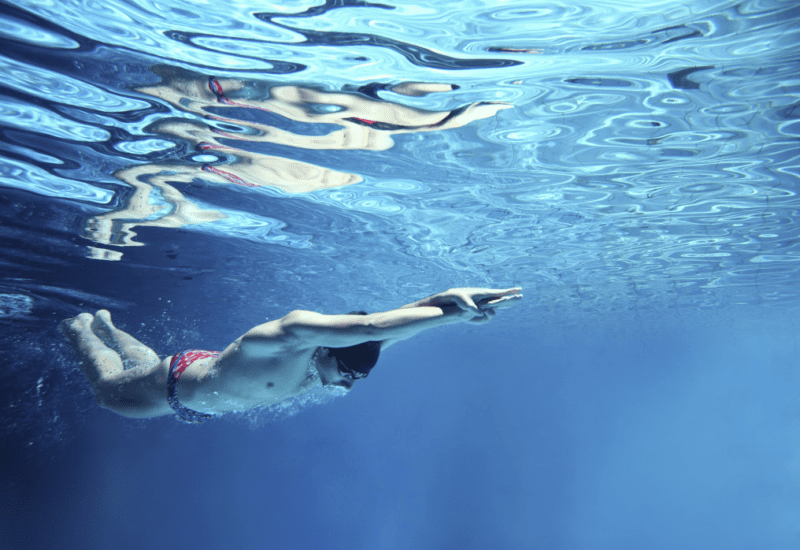“Practice makes perfect”: Ways to improve your kick
Putting those blood, sweat and tears into your kick is worth it

Improving your swim kick can be tough, especially if you are coming from a non-swimming background. Like anything, to become good at something it takes hours of practice. According to the New York Times bestselling author Malcolm Gladwell, to become an expert at something it takes at least 10,000 hours. That’s a lot of hours at the pool.
But it is possible to improve and excel in swimming even if you come from a running background. Take, for example, South Africa’s Richard Murray. The 2008 junior duathlon world champion took years to develop his swim stroke and kick after transitioning to triathlon racing in the late 2000s. Now he’s one of the best short course triathletes in the world. Or look at Lionel Sanders. He was first a runner, then a duathlete – now he’s considered one of the best long course triathletes in the world and a contender for Kona this year. Granted, Sanders isn’t the best swimmer on the Ironman circuit, but he does do enough to stay in striking distance for the bike, and he continues to improve in his swimming.
Putting those blood, sweat and tears into the swim is worth it. Huge improvements can be seen by working on your kick. It’ll help you save energy while increasing your speed, thus maximizing efficiency. You can’t win the race in the swim, but you can lose it. The same goes for getting a personal best, by improving your swim you’ll significantly improve your triathlon times.
So, if you’re transitioning from running into triathlons or need to work on your swim, here are four tips to improve your kick.
- Kick with a board. This simple tool helps to isolate your legs and gives yourself a break from staring at the black line.
- Use fins to work on your ankle flexibility. Lack of ankle flexibility is a common problem in the world of triathlon, especially in triathletes who come from a running background where the ankles absorb a lot of the impact. By using fins, especially the short blade fins, you can stretch and strengthen the connective tissue around your ankle. Fins will teach you how to properly kick by engaging muscles in the hips, thigh and ankles.
- Vertical kick. Doing intervals of vertical kicks will help build strength and improve your ankle flexibility. This drill will force you to use your entire leg when kicking.
- Kicking on your side. By including this drill in your warm up, you’ll work on maintaining a good kick throughout your rotation.
